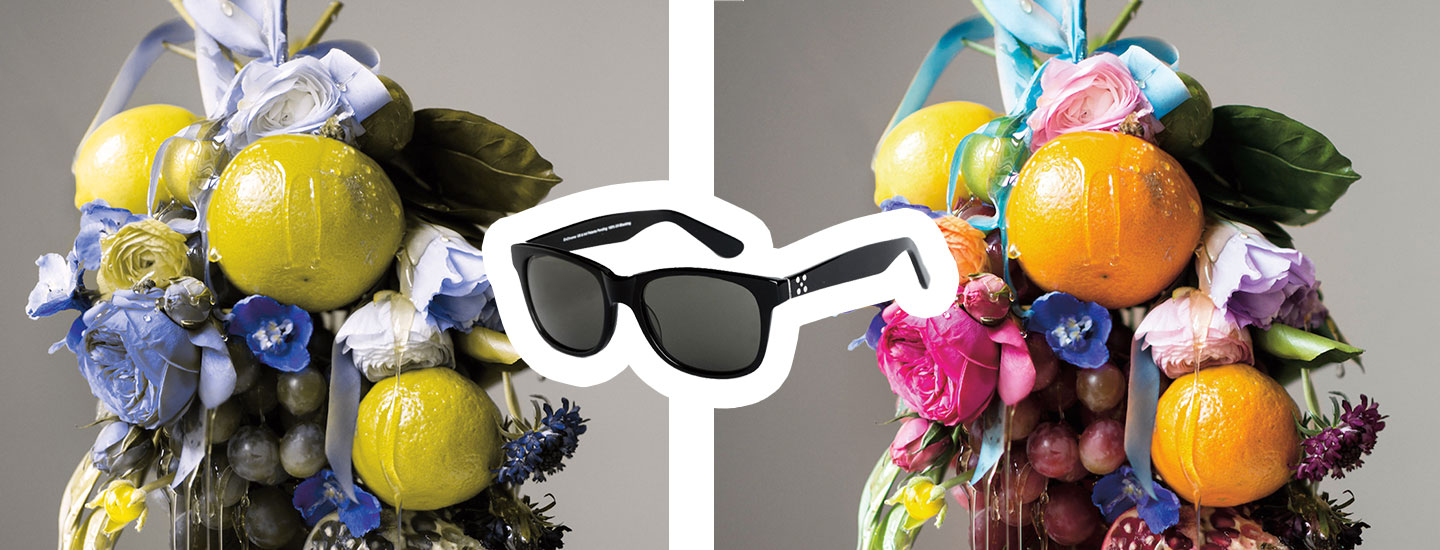Brad Ingles works at the Museum of Contemporary Art Denver, in Colorado. Yet he can’t always appreciate the art in the same way others do because he is colorblind. While taking a group tour of the museum, Ingles’s colorblindness made him feel left out. “If you’re not able to point to the things that they’re pointing at and notice the same colors, then it really is a whole different experience that could leave you out,” he says.
Last December, the Museum of Contemporary Art Denver (MCA Denver) acquired four pairs of glasses that allow people with certain types of colorblindness to see a greater variety of colors. EnChroma, the company that makes the glasses, donated them to MCA Denver and provides them at a discount to other art museums. The glasses’ lenses filter out certain colors of light that the color-processing cells, or cones, in the eyes of colorblind people have trouble telling apart.
Brad Ingles works at the Museum of Contemporary Art Denver, in Colorado. But he can’t always appreciate the art in the same way others do. That’s because Ingles is colorblind. When he took a group on a tour of the museum, he felt left out. “If you’re not able to point to the things that they’re pointing at and notice the same colors, then it really is a whole different experience,” he says.
But last December, the Museum of Contemporary Art Denver (MCA Denver) received four pairs of glasses that could help Ingles. The glasses allow people with certain types of colorblindness to see more colors. EnChroma, the company that makes the glasses, donated them to MCA Denver. The company also provides them at a discount to other art museums.
The glasses work because of special lenses. They filter out certain colors of light that the eyes of colorblind people have trouble telling apart.

